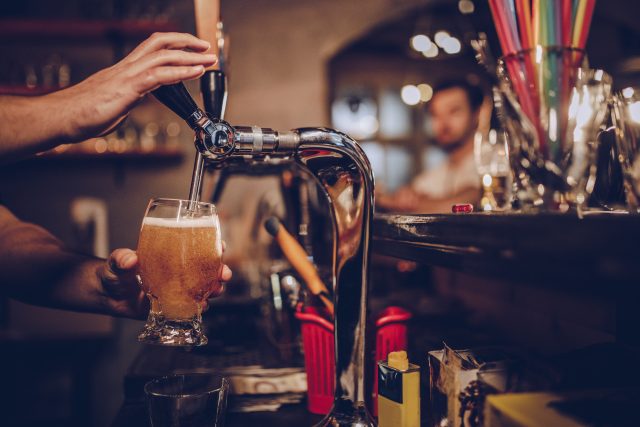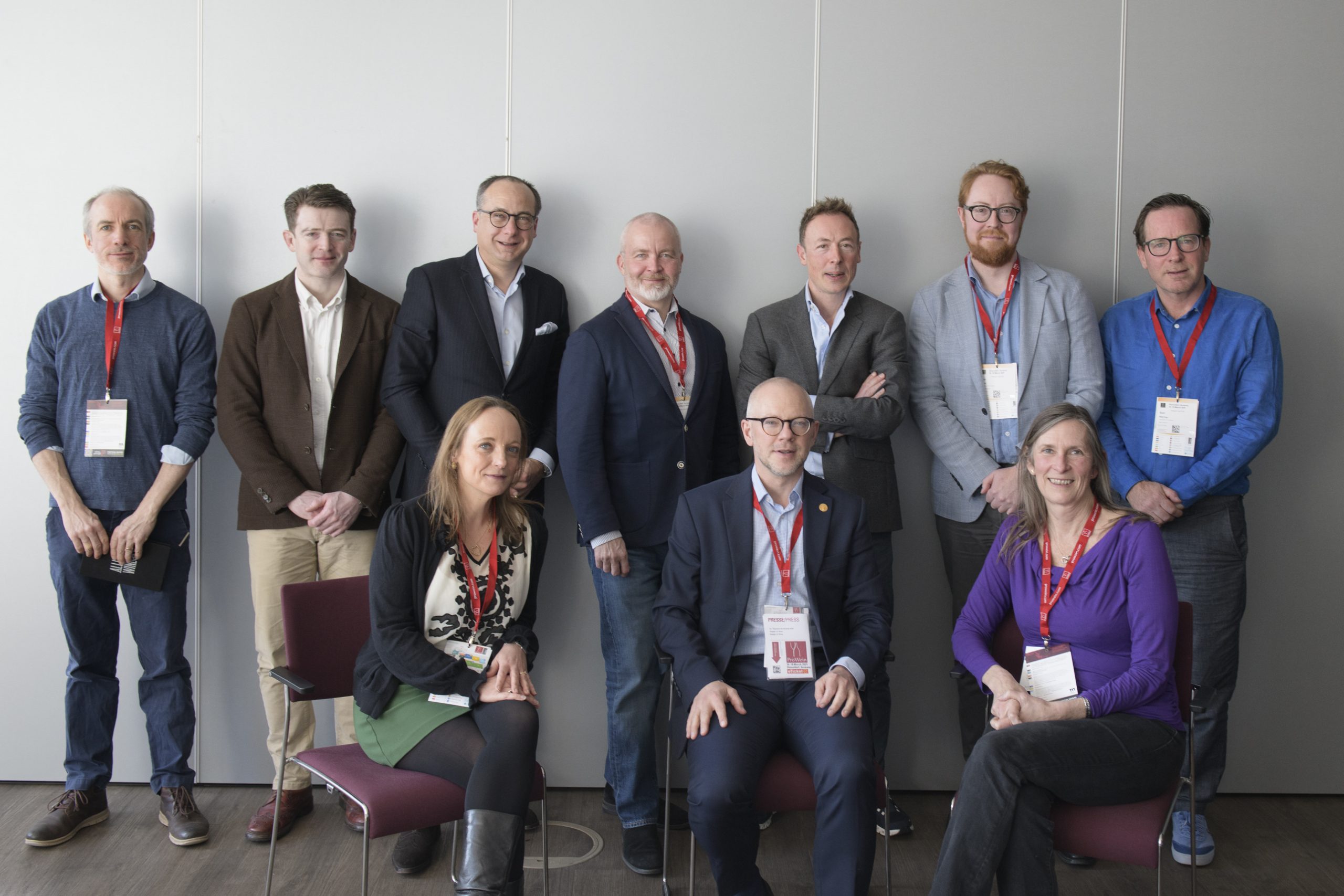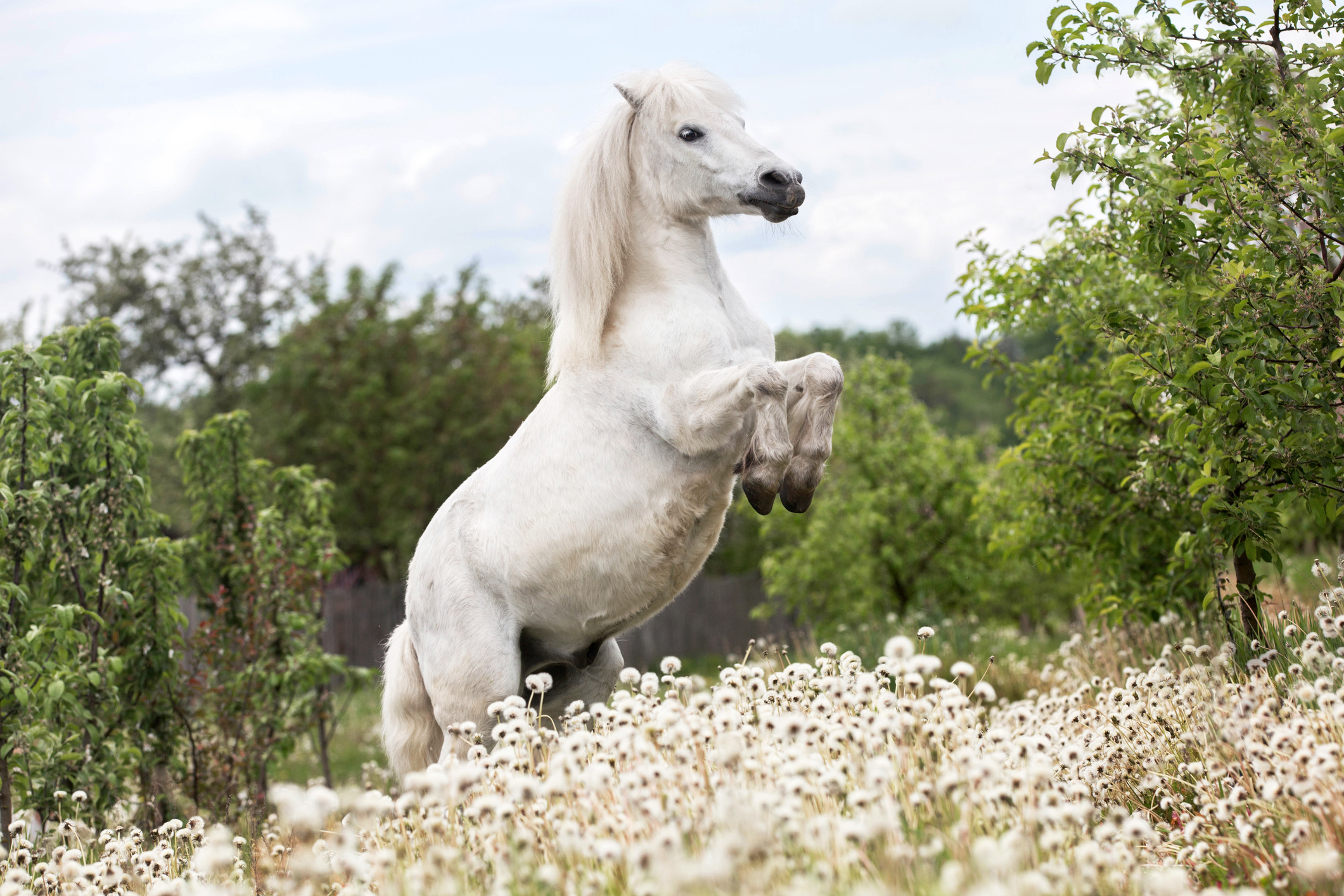India’s thirst for craft beer grows rapidly as more Eastern styles emerge
By Jessica MasonAs the Indian craft beer scene grows, an Eastern take on popular brewing styles is in development, as post-pandemic trends expand the sector.

The evolution of the Indian craft beer sector, which continues apace, has started to introduce the use of regional Indian ingredients in beers, offering up a new kind of Eastern flavour not used before in certain beers – with spices playing a leading role.
Indian craft beer brand Bira 91, which recently launched four new limited-release flavours: ‘Bollywood IPA’, ‘Kokum Sour’, ‘Brown Ale’, and ‘Mango Lassi’ to its ‘Imagined in India’ portfolio, is one such company that aims to “bring together the many flavours of India”, said Bira 91 founder and CEO Ankur Jain. According to Jain, “for this generation of consumers, beer means flavour. Jain explained that, because of this, each beer Bira 91 produces “is brewed with unusual ingredients – local and seasonal – which make them unique” noting that “each of these flavours is sure to elevate the beer experience of Indian consumers”.
The move, which was initially identified by the FE showed how Bira 91 used to release at least one new flavour every week at its taproom in Koramangala, Bengaluru and gain feedback from consumers on what they liked which significantly helped its brewing team to create new beers that became aligned with customer preferences.
Launched in October 2018, craft beverage brand Kati Patang has since introduced a beer portfolio and offers up four styles with Indian influences, namely its ‘Saffron Lager’, ‘Snappy Wheat’, ‘Zesty Amber’ and ‘Bareilly Bold’ beers with Kati Patang co-founder Lata Upadhyay revealing how the evolution of the beer scene is being cultivated, noting how each beer the brewer makes is “distinct in its offering”.
Upadhyay explained: “While Zesty Amber is a unique twist to the amber ale style, Snappy Wheat is what we like to call the Indian-wit style” and Saffron Lager is a light-bodied golden lager with a distinctive taste and Bareilly Bold celebrates the spirit of small-town India with a light-bodied yet bold beer with earthy notes of the Indian spring flower palash”.
Currently, Kati Patang beers are available in pint measures across Delhi, HP, Haryana, Chandigarh, Maharashtra, Goa and Karnataka. But, db has learned that the brewery’s reach is reportedly growing, with additional draught now becoming available in Mumbai and Pune showing that demand for such adapted styles is rising alongside their much-anticipated introduction.
According to reports across the East, the Indian drinks scene continues to flex with drinking trends and is on target to become even more experimental as a result of how the world has begun to react to the myriad challenges that the pandemic and the desire to experience new things has nurtured in the consumer mindset. In essence, there is a renewed thirst for discovery and travel. For instance, the first airport brewery, Barley & Grapes (B&G) in Hyderabad at RGIA Aero Plaza now offers up a collection of Beatles-themed craft beers to attract consumers. While, in Bengaluru, a luxury-style premium experiential store with a New-York style tasting room named ‘Mansionz by Living Liquidz’ has been launched and, last year, what was heralded in local Indian press as ‘the world’s largest microbrewery’ opened in Bengaluru, Ironhill India to much acclaim.
In terms of preference for style, what has become documented by brewers is a penchant for wheat beer with an approximate 4% ABV and this tends to dominate largely across India.
Partner Content
According to Striker Group chairman and managing director Ashwini Chaudhary, dark beer with a 4.5 – 5% ABV as well as lager are also increasingly popular with Indian consumers. Chaudhary also identified how the group’s pubs have, additionally, witnessed an 80% recovery from the pandemic and has suggested that it is owed to the popularity of mangoes in summer which has provoked his team to consider rolling out a broadened offer including mango beers that will sate local drinker’s desire for the fruit as well as help the local economy.
Rahul Singh, founder and CEO of Indian chain The Beer Café, revealed that similarly, despite the pandemic, the group’s year-on-year recovery in 2022 was up 110% from 2019 explaining that this was largely down to people’s renewed desire to socialise after Covid-induced confinement. “That was a big motivation for us after two years,” he added, pointing out how it spurred a revolution of sorts which made people want to re-indulge in certain liberties and freedoms linked to flavour, taste and clawing back some independence by meeting up with friends and making up for lost time.
Chaudhary has called the phenomenon “revenge drinking” and has inferred that “people want to see their colleagues as they have not met for a long time” and noted how “the change is that people have levelled up in terms of quality”. For instance, “if the microbrewery or its taste is not up to the mark, they won’t come back,” he hinted.
In truth, what has helped local microbreweries and Indian beer brands is the fact that macro beer imports to India have shrunk in the past two years due to the pandemic as well as the ongoing crisis in Europe and this has nurtured an experimental craft beer scene.
According to market research firm Market Data Forecast, the growth of the craft beer market within the Asia-Pacific has grown from consumer demand for unique flavours as well as rapid urbanisation and consumers’ increasing disposable income. Additionally, looking at data from a study by Expert Market Research (EMR) titled ‘Indian Beer Market’, back in 2020, the India beer market stood at a value of nearly Rs371 billion and yet it has been predicted to reach approximately Rs 662 billion by 2026, exhibiting an estimated CAGR of about 9.2% during 2022-2027.
Back in November, db highlighted how craft beer was growing significantly across India with the Asia-Pacific region owing largely to an increasing demand for beer, people’s adapted disposable income and the expansion of microbreweries.
Singh also highlighted how microbreweries are no longer only situated in metro cities have started to open in cities like Noida, Delhi, Agra, Kanpur, Lucknow and Rajasthan.
“We are witnessing a surge in the number of microbreweries in India, especially after the new state policies,” Singh added, hinting that the evolution of drinking in India is adapting to meet the needs of consumers, as well as a response to a change to the availability of global beer leading the charge and added to this, the timing as simply fitted neatly to help build a new kind of experimental beer industry that is emerging from local wants and needs.
Whether this will this continue to push the boundaries of the beer scene in the East, or simply encourage macro beer to eye India with new offers leads to be seen. However, one thing is certain, the opportunity for a progressive beer industry exists right now and is ripe for development.
Related news




